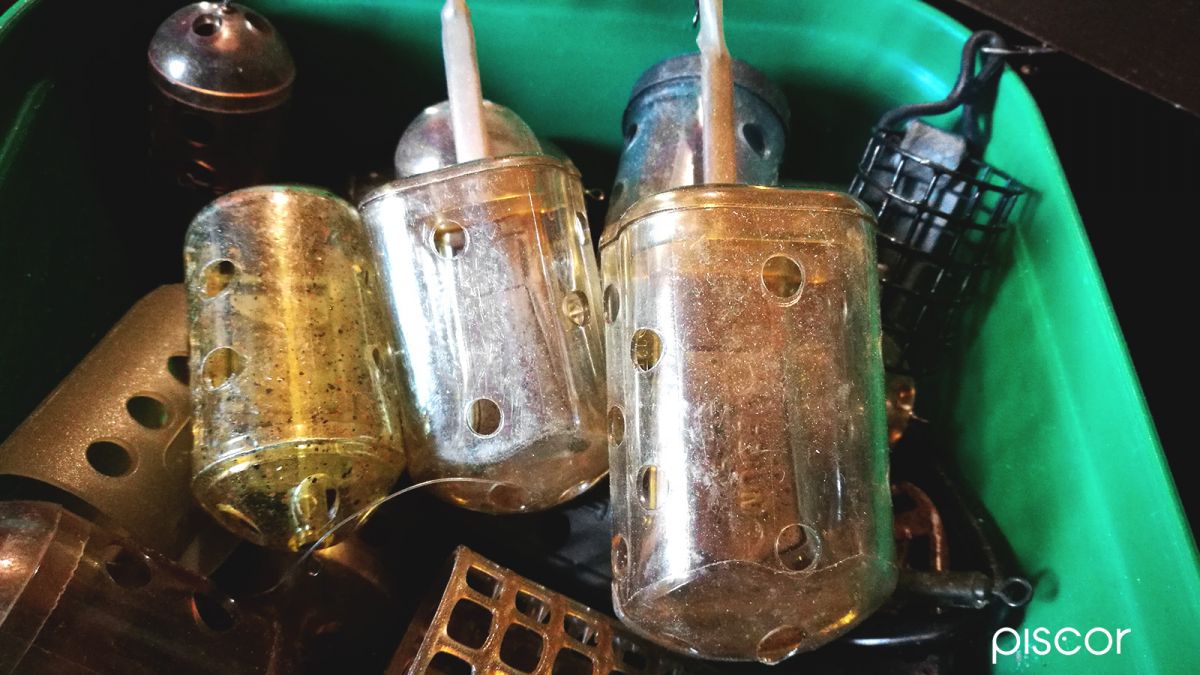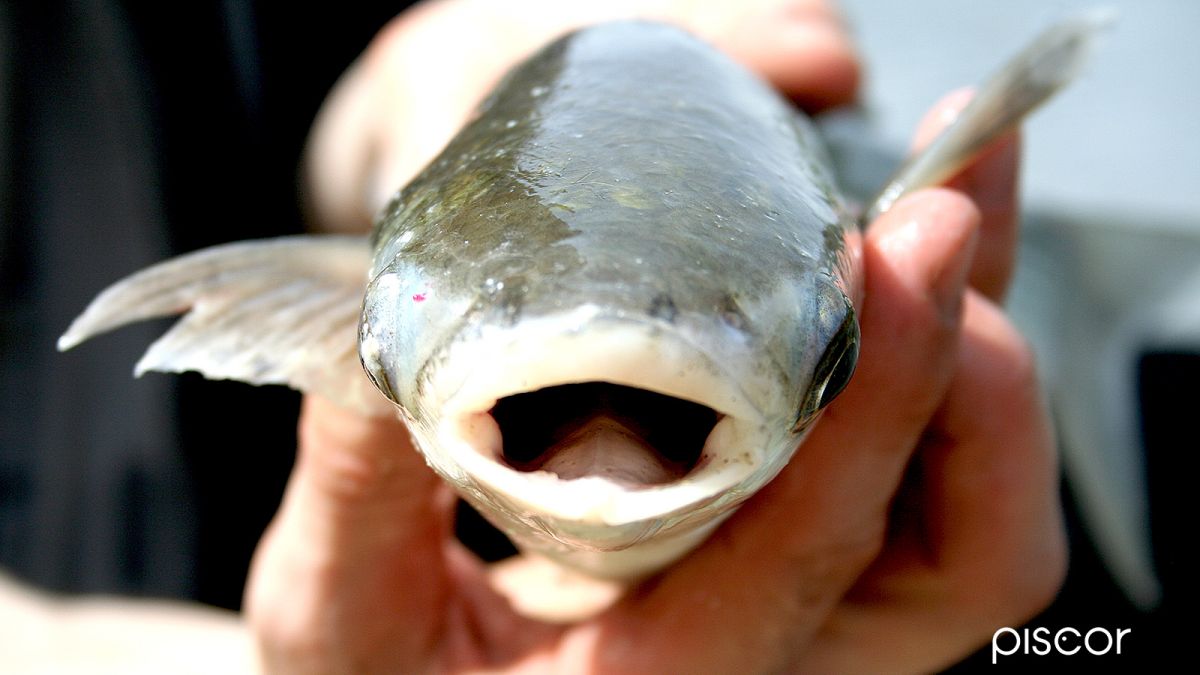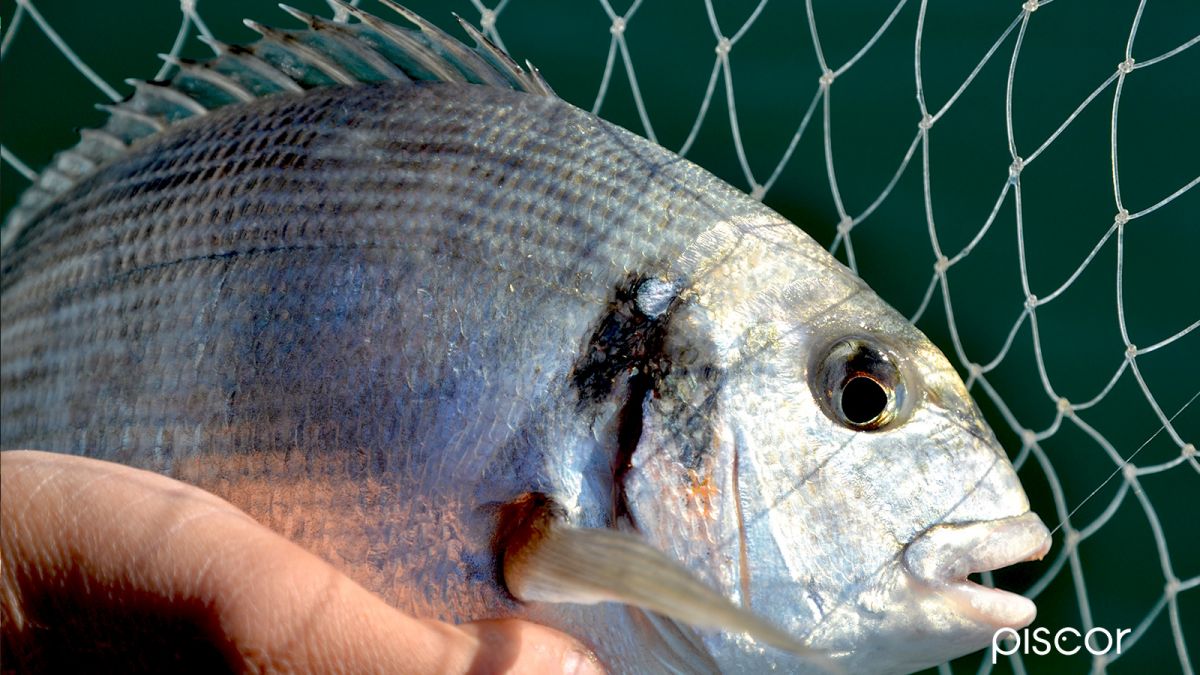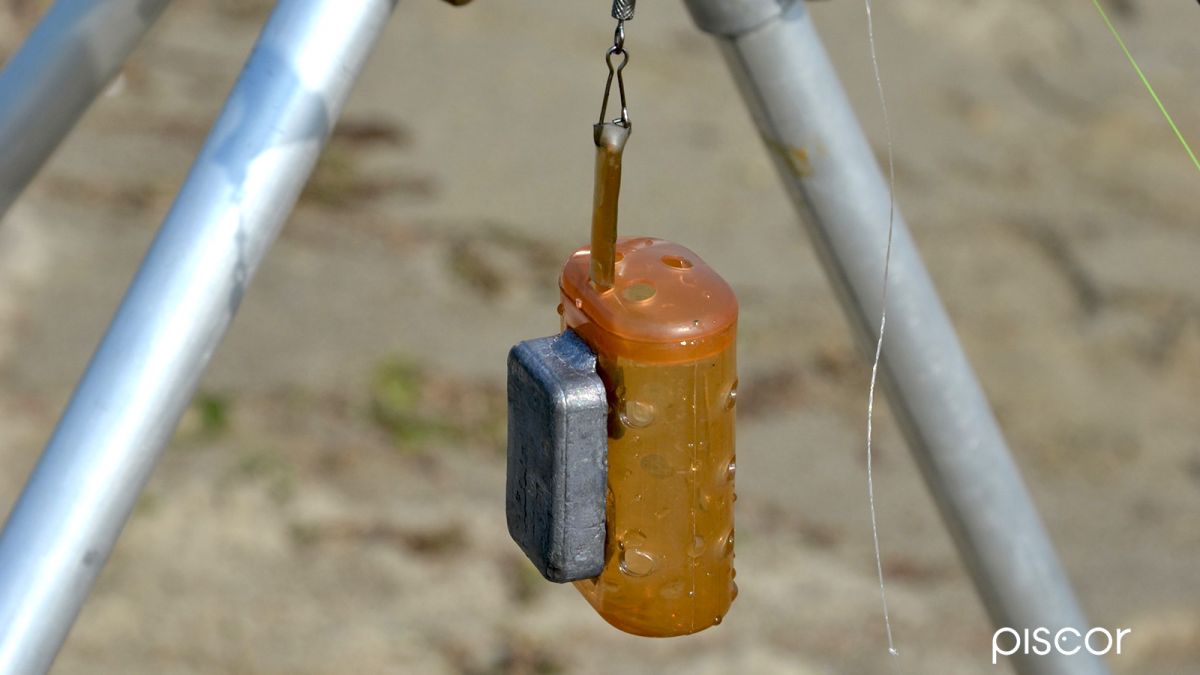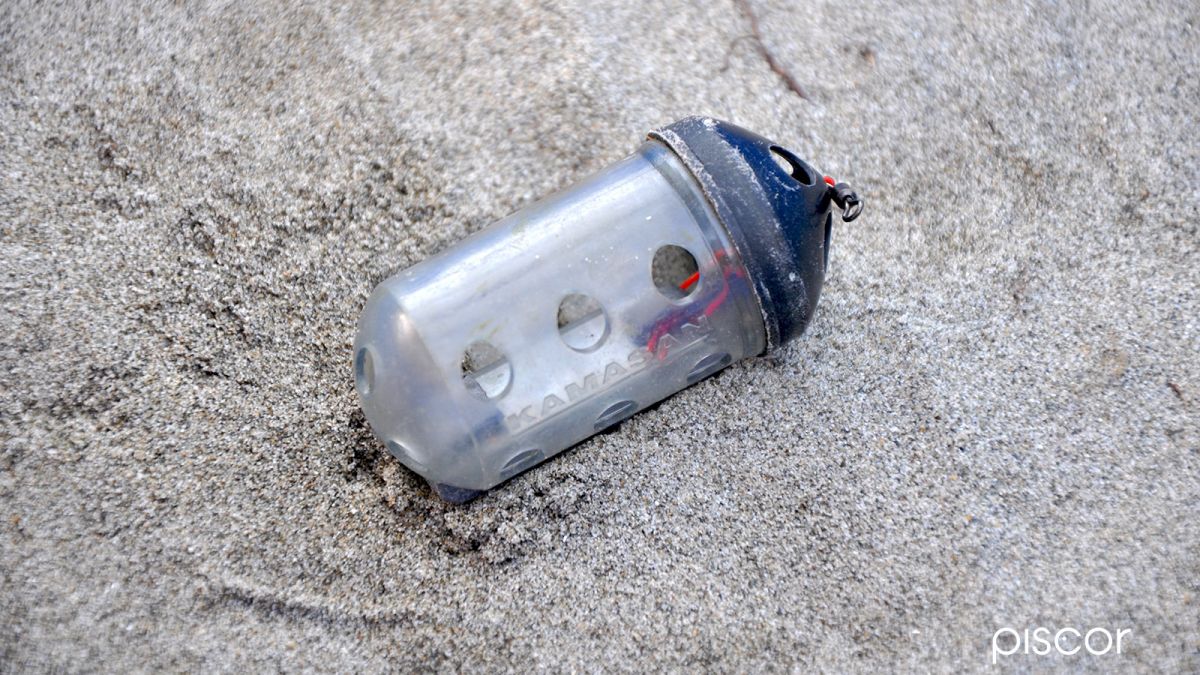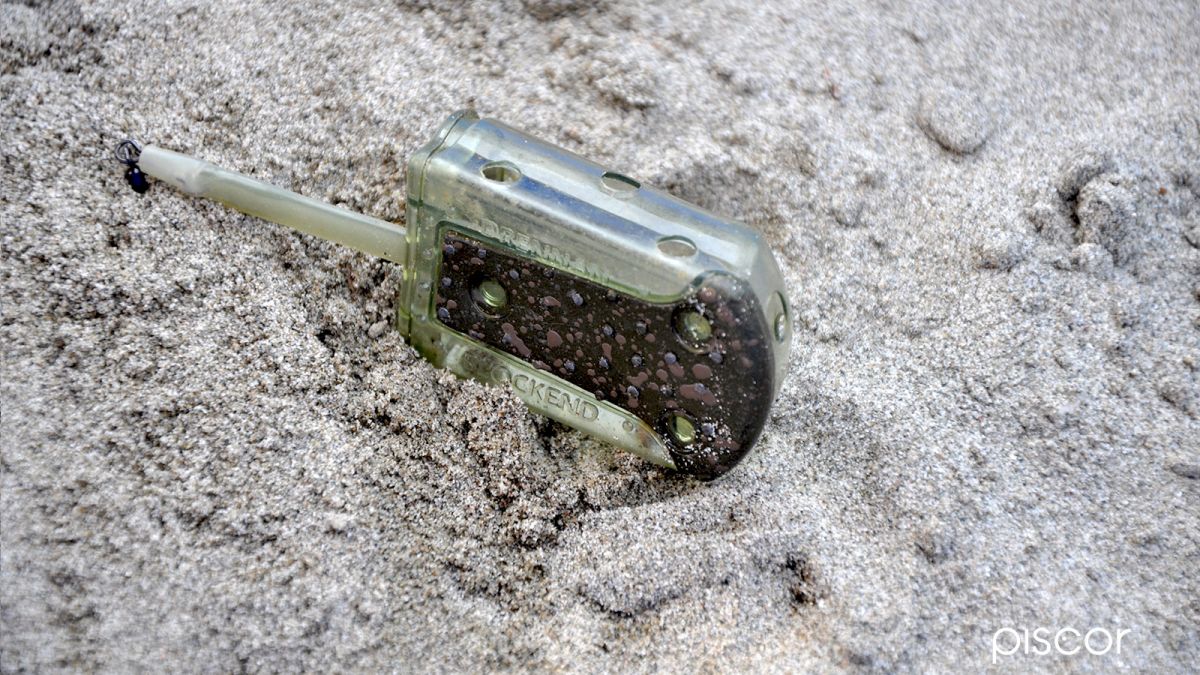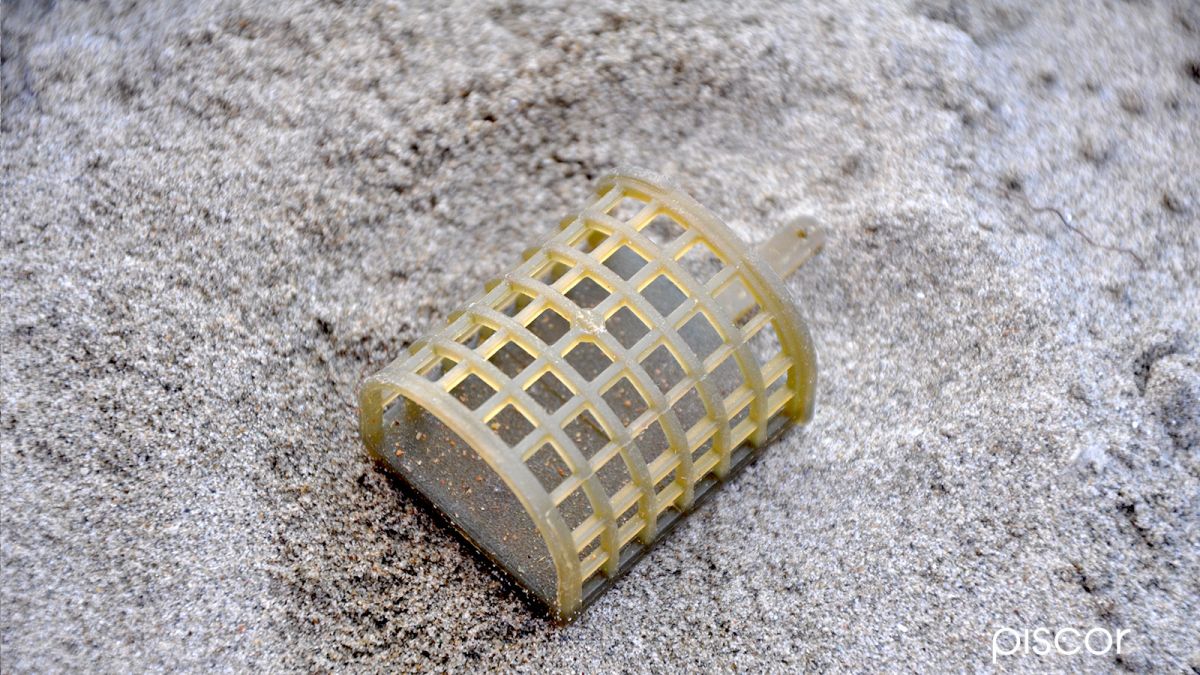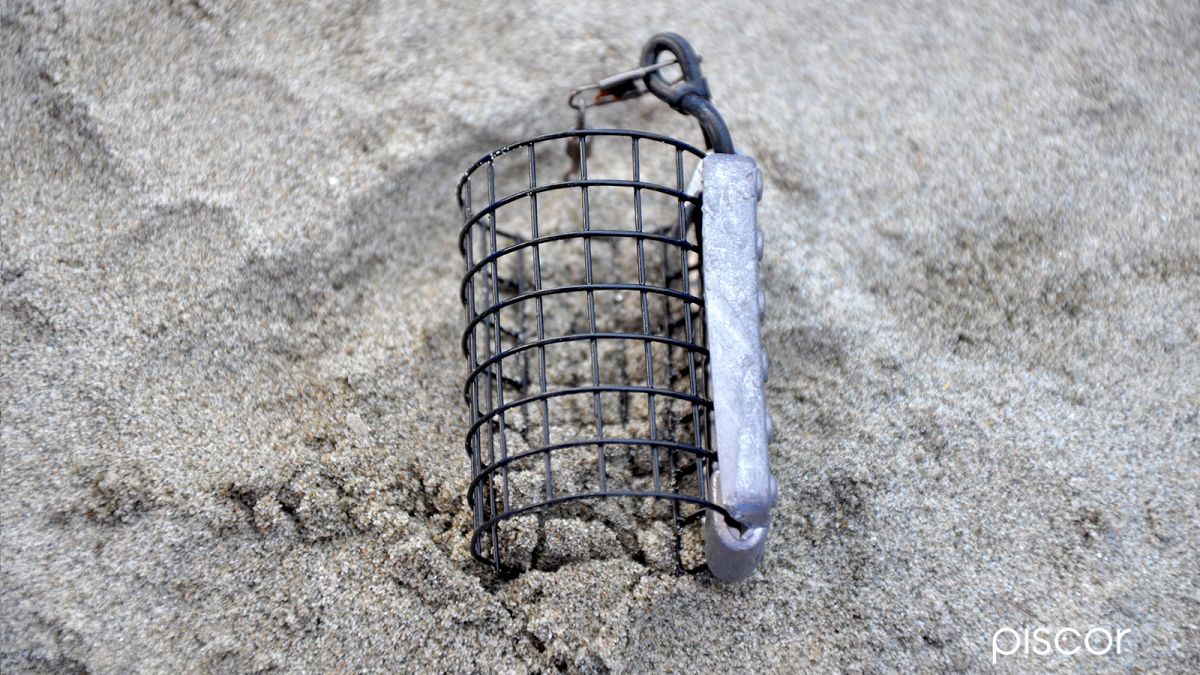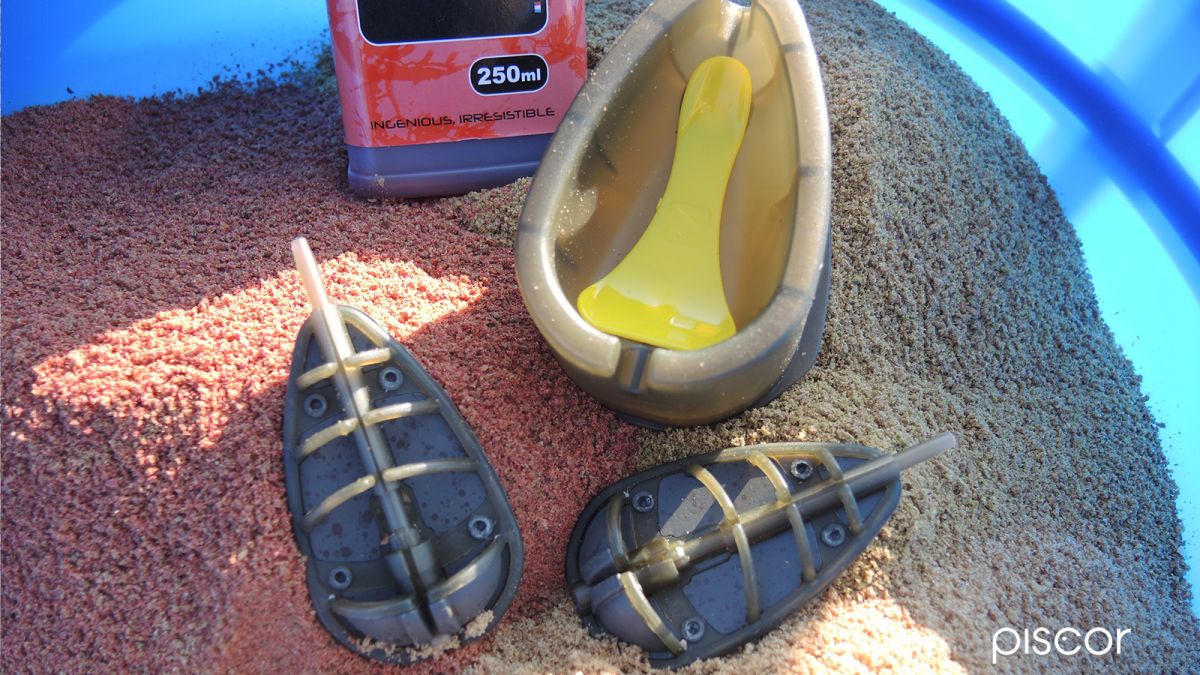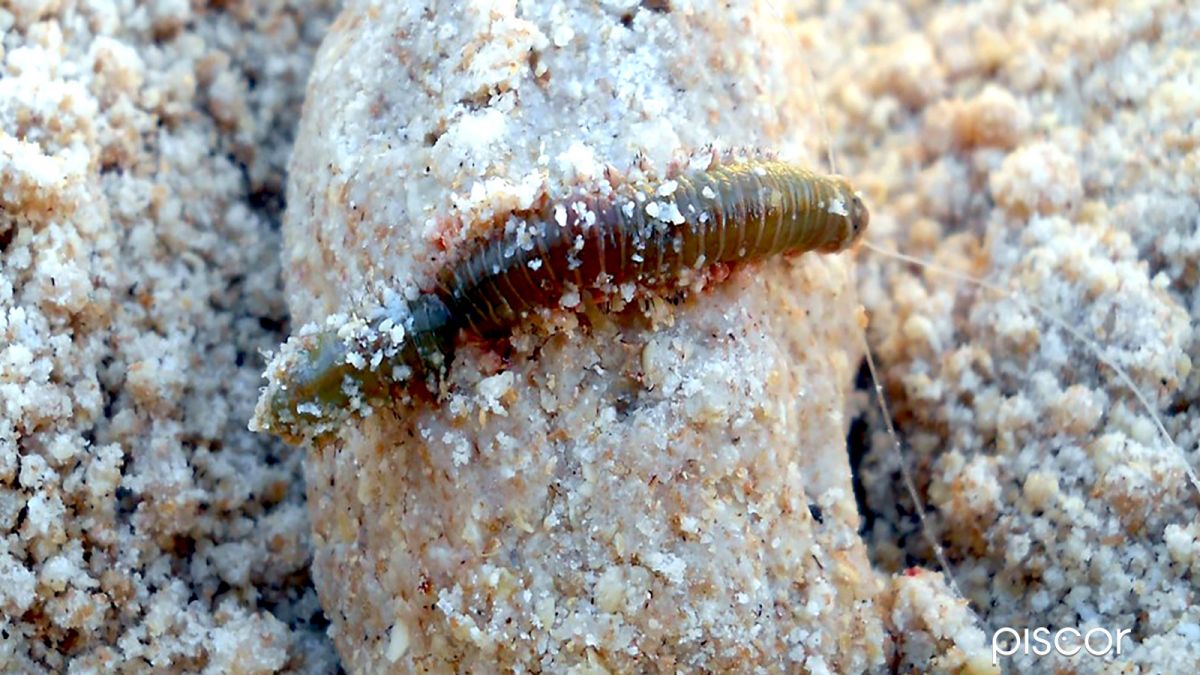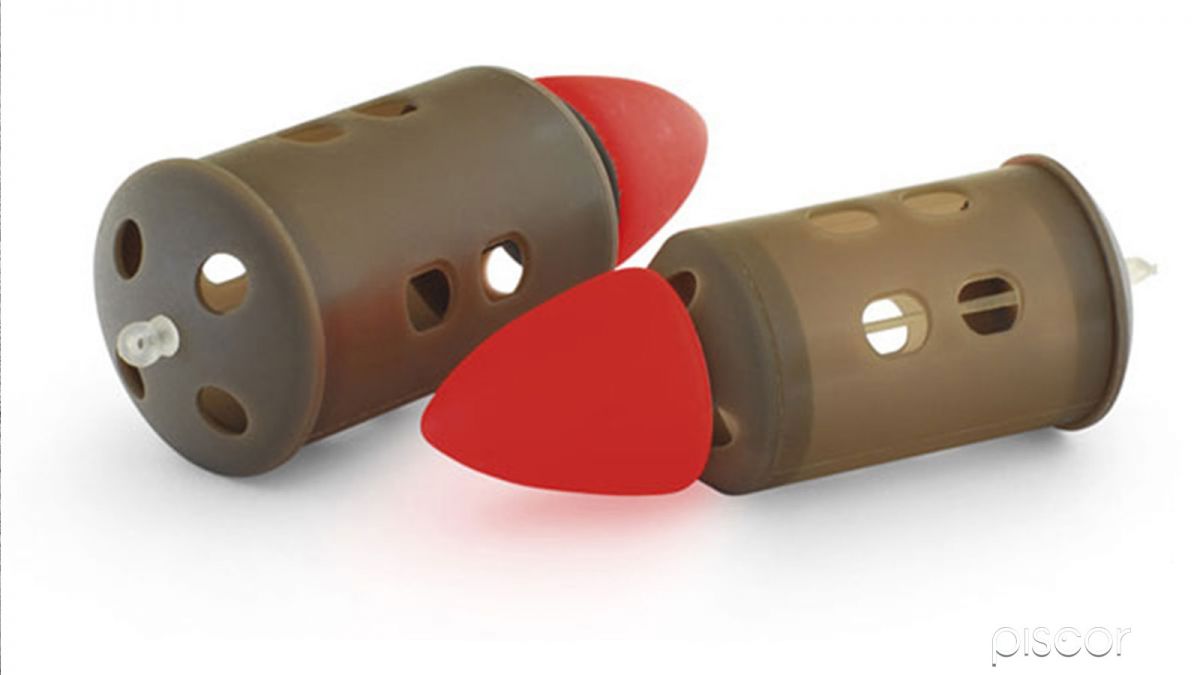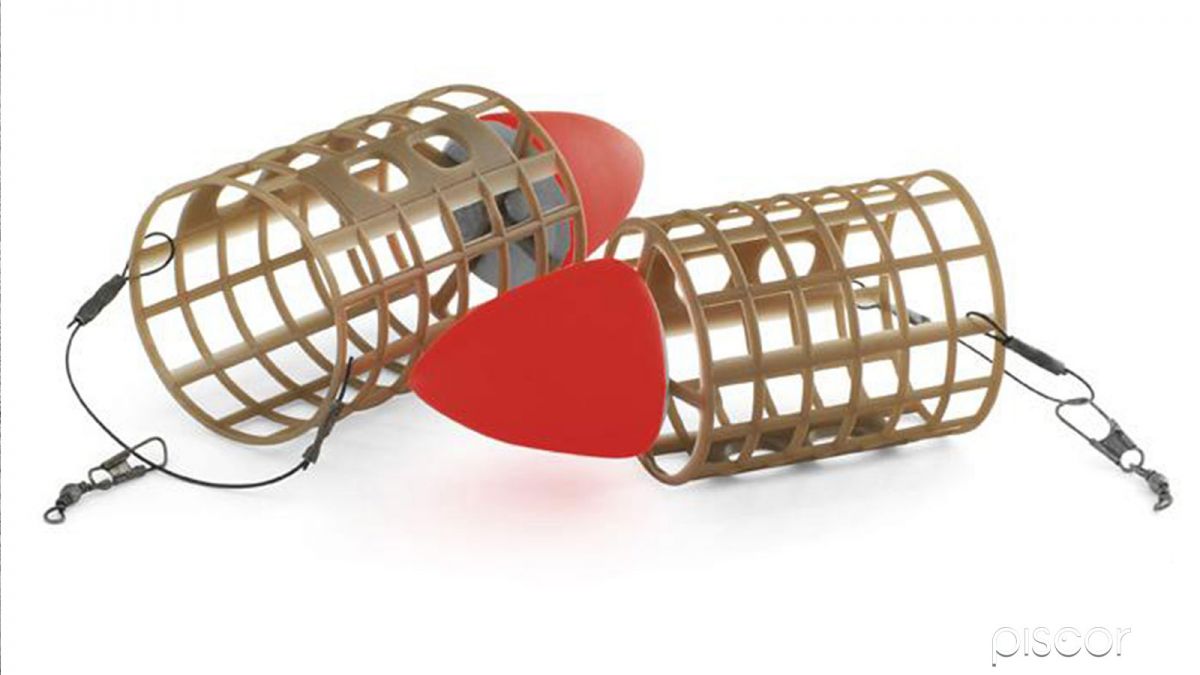In recent years we have seen the explosion of the feeder fishing bomb in inland waters, an event that already happened in the early 90s when this technique was imported from England and spread in our country by various explorers and pioneers, first of all the great Mario Molinari, who still boasts an international reputation in this field.
With the passing of the seasons, there have been other fishermen who have also experimented with this technique in salt water, mouth and sea from the beach and piers, with exceptional results to say the least so as to entice companies to turn many specific products on this discipline with a salty taste!
Now, I have to say that saltwater fish certainly do not have the same habits as their freshwater ones, so they must be fished with a slightly different approach going to intervene on the shape of feeders, on the length of rigs, on hooks, but especially on the bait to be presented.
Let's see in detail to review the most suitable feeders to deal with this type of water to enter, then, at a later time on the most significant and capturing mountings.
Feeders
For feeder fishing, we will use a parallelepiped-shaped feeder, if there is current, with rounded corners. On one of the major faces there’s a lead stuck.
In the launch we take into account that, beyond the weight of the leaded container and the pasture contained in it, there will be a friction due to the mass and that too violent and uncoordinated launches could compromise the accuracy and also the tip of the rod if the latter was chosen incorrectly.
Types
The choice is quite wide and we will choose it according to the bait to use and the environment where you fish. When choosing the feeder we will have to consider the current. If it is slow, the feeder can have a cylindrical shape and the volume will be discretionary. If instead we have fast currents the feeder must be flattened.
Block end for maggots
In the sea, until today, it is probably the most used and also the best known in the fishing scene. It is a feeder made of plastic material with an opening at the upper base stopped with an elastic that slides inside to ensure closure.
The ballast can be found on one of the two longest parts and can be fixed or interchangeable. Generally, after a few throws with all the holes open, there is a tendency to close some by using insulating tape to cause a slower exit of maggots. The shapes are different: there are soap-shaped feeders for fast waters and cylindrical ones for slow waters.
The side holes will be of different widths and numbers. Since the container is made of plastic we can drill other holes or enlarge those already present especially to have an initial heavy grazing, after which either we will close some holes or we will replace the feeder with larger holes with one less open.
Cage feeder
When we decide to have an approach where the use of flours as a preventive pasture is required, here comes the cage feeder, a type of feeder that guarantees a perfect and timely discharge of the flours. Times, obviously dictated by the consistency of the flour itself. So, a softer flour will certainly disperse faster than one with a more tenacious mechanics.
All this is also dictated by the force of the current, more tenacious in strong current, slower in still and semi-silent waters. They consist of a rectangular, circular or square cage.
The speech of the speed of the waters is applied also for this type of shepherd and it will always have a flattened shape for the fast ones, more squared or round for the slow waters.
Method
There are special feeders that are the combination of a lead and a feeder. These are called Methods. They are of variable shape and have a sort of "skeleton" that allows the blocking of the pasture on top of them.
Some models are supplied with a stencil that helps to compact the pasture on the method feeder. It is important to find the right consistency of the pasture that must be "sticky" to the point of allowing a proper hold on the feeder.
This type of feeder and approach is mainly used in still or semi-slow water and on fish that tend to come on the pasture ball where, in this case, inside they will find the triggered hook. Deadly in mullet fishing.
Floating feeder
It's for dropping the pasture from above. These feeders are very suitable in port waters where they can give excellent results with pompano and oblades.
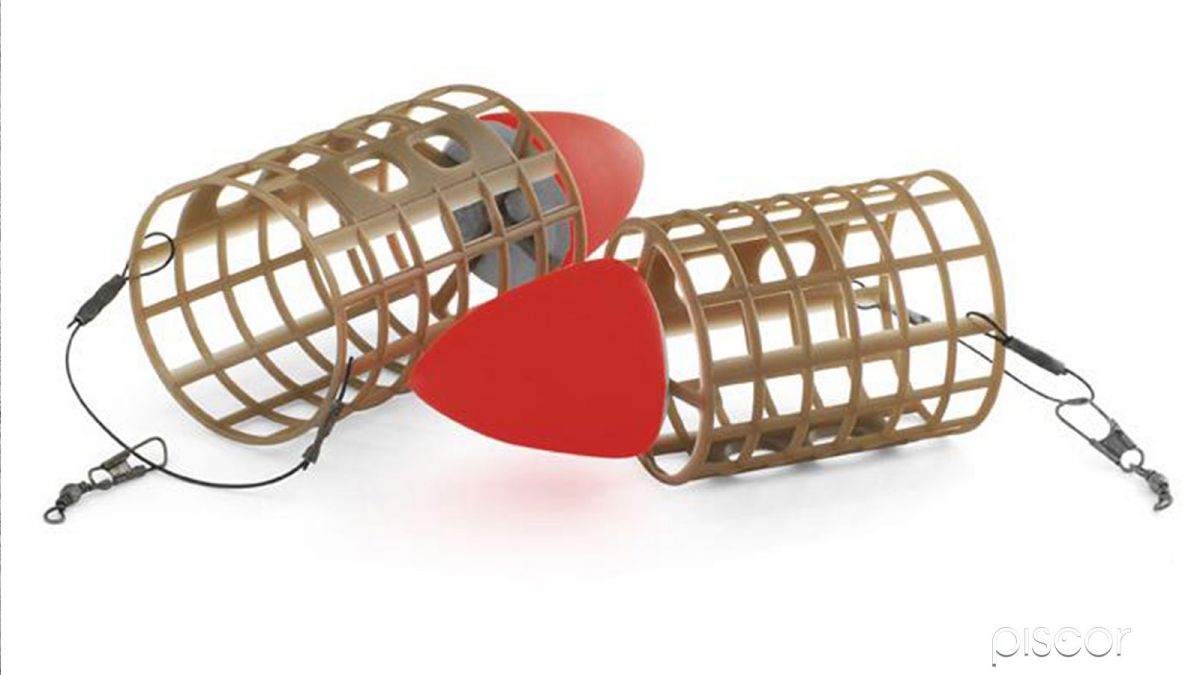 Their very particular shape helps us in launching and, in seeing well where the feeder is while fishing thanks to the red "hat".
Their very particular shape helps us in launching and, in seeing well where the feeder is while fishing thanks to the red "hat".
Thanks to this, we will be able to use it successfully also in the waves during the after storm sea, optimal time to capture big fish that enter our fishing area.

